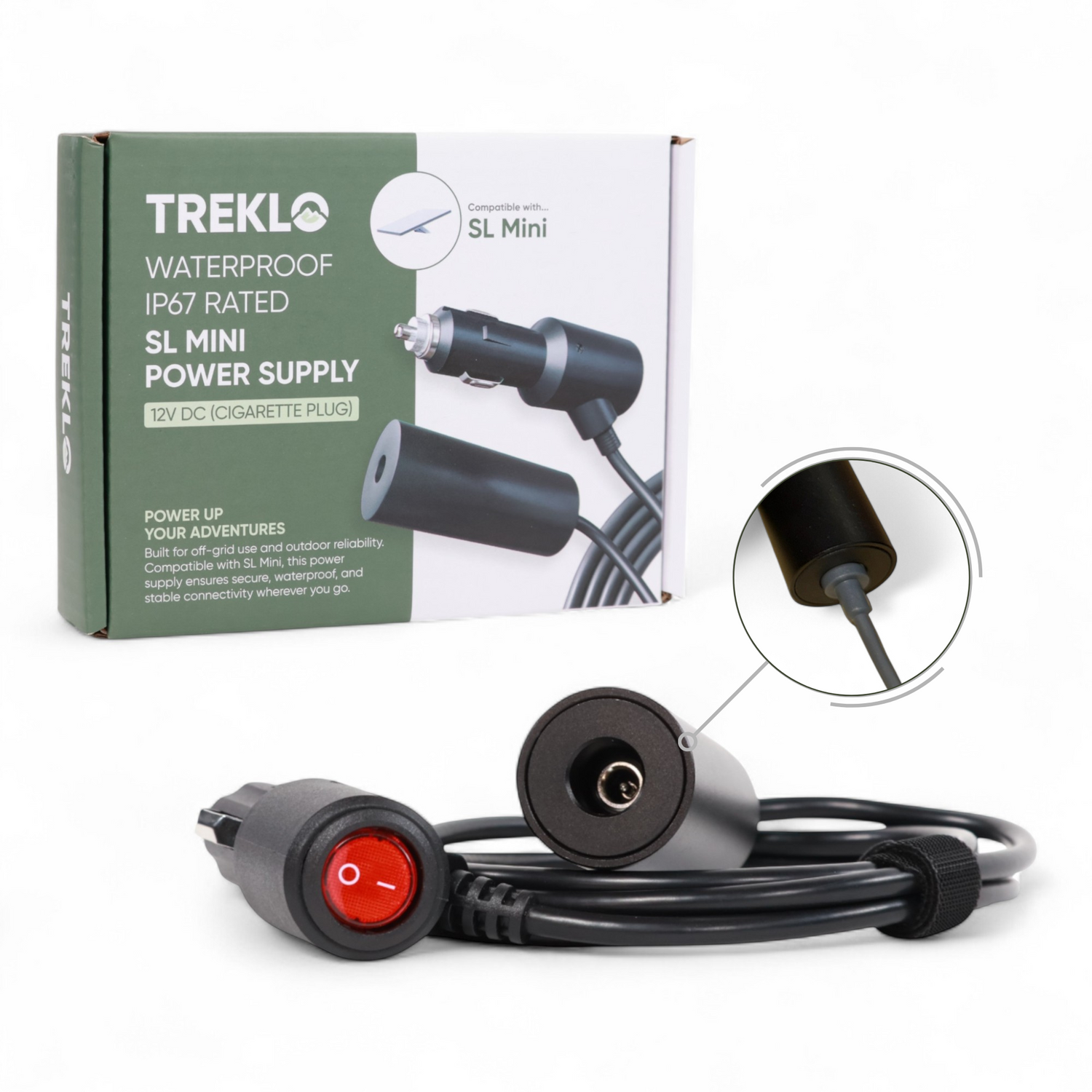How USB-C 100 W (20 V) Powers Starlink Mini
The Starlink Mini is designed for portable use and low power draw, making it attractive for campers, RV owners, and boaters. While a dedicated 30 V DC adapter is the most reliable way to power the Mini, Starlink also supports USB-C 100 W (20 V/5 A) as an alternative. Here’s how it works, where it shines, and why our solutions extend its usefulness further than Starlink’s own offering.
How USB-C Power Delivery Works
USB-C sockets that support Power Delivery (PD) can deliver much more than phone charging. With a capable socket and cable, you can negotiate up to 20 V at 5 A (100 W)—enough for Starlink Mini.
-
Inside the USB-C plug head (roughly the first 25 mm) is a PD chip.
-
This chip “handshakes” with the socket and requests 20 V / 5 A.
-
After that, the rest of the cable is simply 20 V DC conductors—no extra data lines needed.
This is why the cable looks like USB-C at the plug, but quickly becomes a normal DC cable beyond the handshake section.
Why Cable Length Matters
Starlink limits their own USB-C cable to 5 m, because at 20 V the current is relatively high. More current = more voltage drop, so keeping the run short avoids brownouts and disconnections.
At Campervan Builders, we’ve tested and can confidently support up to 10 m runs with the right gauge cable. That’s double the official length, giving you more flexibility when setting up around trees, awnings, or boat decks.
Why USB-C Sockets Are Rare (and Our Range)
Delivering a full 100 W (20 V/5 A) from a 12 V battery requires a proper DC-DC converter and PD controller. Many sockets can’t do it—but we’ve sourced units that can, making them ideal for powering the Starlink Mini in off-grid setups.
Our range includes:
Pair these with our dedicated Starlink Mini USB-C to DC Cable for a complete plug-and-play solution.
When USB-C Makes Sense
-
Short runs (≤5 m): Ideal with Starlink’s own cable or our 3 m cable.
-
Portable use: Great for power banks, lithium packs, or testing.
-
Tidy setups: Simple plug-and-play with our PD sockets.
When to Consider 30 V DC Instead
USB-C is convenient, but it does have limits:
-
Higher current draw at 20 V means more heat and voltage drop.
-
Less headroom for long runs or thin cables.
-
PD handshake dependency—if the negotiation fails, the dish won’t power.
For longer or permanent installations in caravans, RVs, or boats, our 12V Starlink Mini Plug-and-Play Adapter is the better option. It outputs a stable 30 V DC, lowering current and ensuring consistent performance over longer runs.
The Bottom Line
-
USB-C 100 W (20 V): Works well for short, portable setups—Starlink recommends up to 5 m, and we can support up to 10 m with our cables and sockets.
-
30 V DC Adapter: The gold standard for reliability, especially in permanent off-grid installs where long cable runs and stability matter most.
With our range of true 12 V → 20 V USB-C PD sockets and dedicated 30 V DC adapters, you can choose the right option for your setup—whether you need quick portability or rock-solid reliability.




















